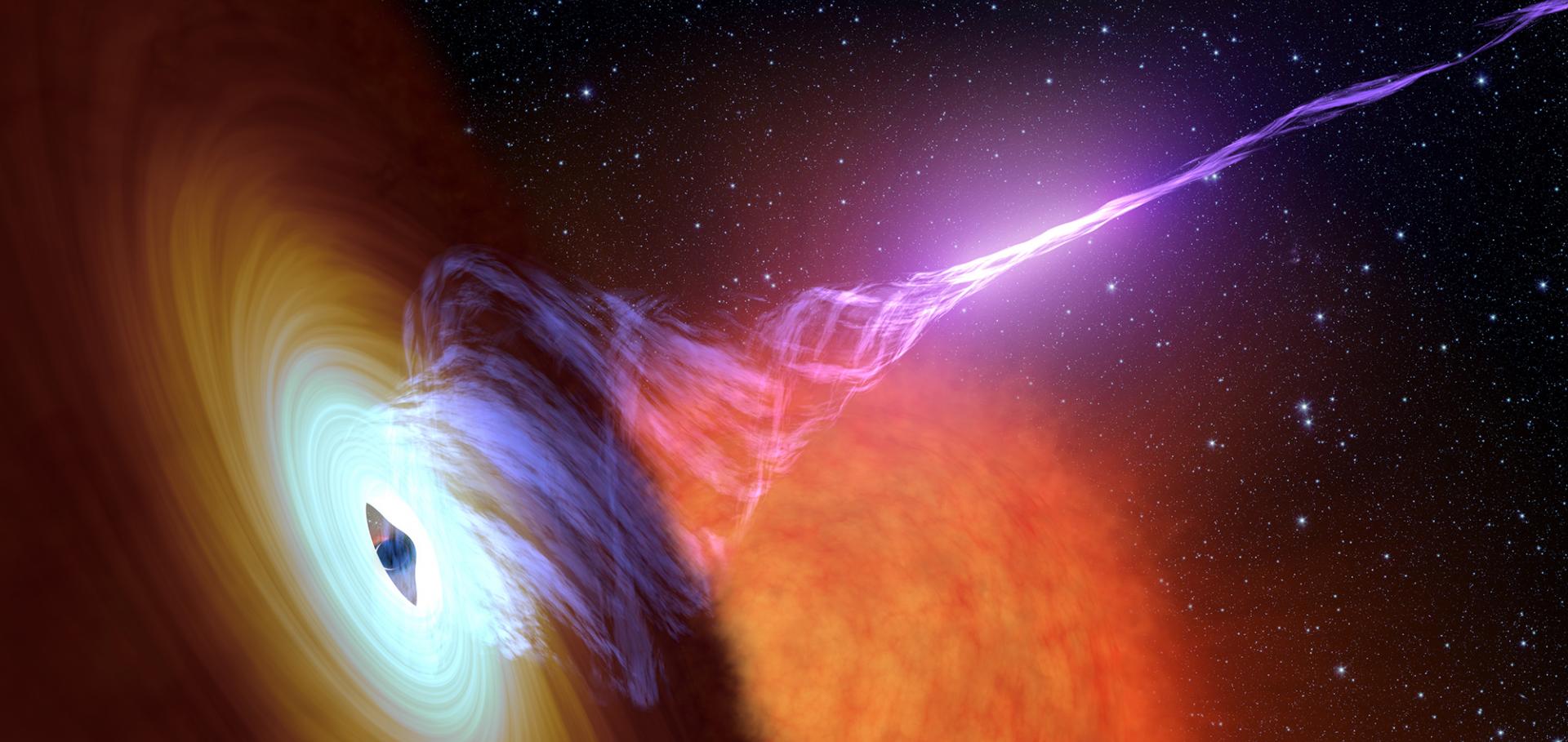Peculiar radio-bright behaviour of the Galactic black hole transient 4U 1543-47 in the 2021-2023 outburst
(2025)
Peculiar radio-bright behaviour of the Galactic black hole transient 4U 1543−47 in the 2021–2023 outburst
Monthly Notices of the Royal Astronomical Society: Letters Oxford University Press (OUP) 538:1 (2025) l43-l49
Commensal Transient Searches with MeerKAT in Gamma-Ray Burst and Supernova Fields
(2024)
Late-time supernovae radio re-brightening in the VAST pilot survey
Monthly Notices of the Royal Astronomical Society Oxford University Press (OUP) 534:4 (2024) 3853-3868
Late-Time Supernovae Radio Re-brightening in the VAST Pilot Survey
(2024)


